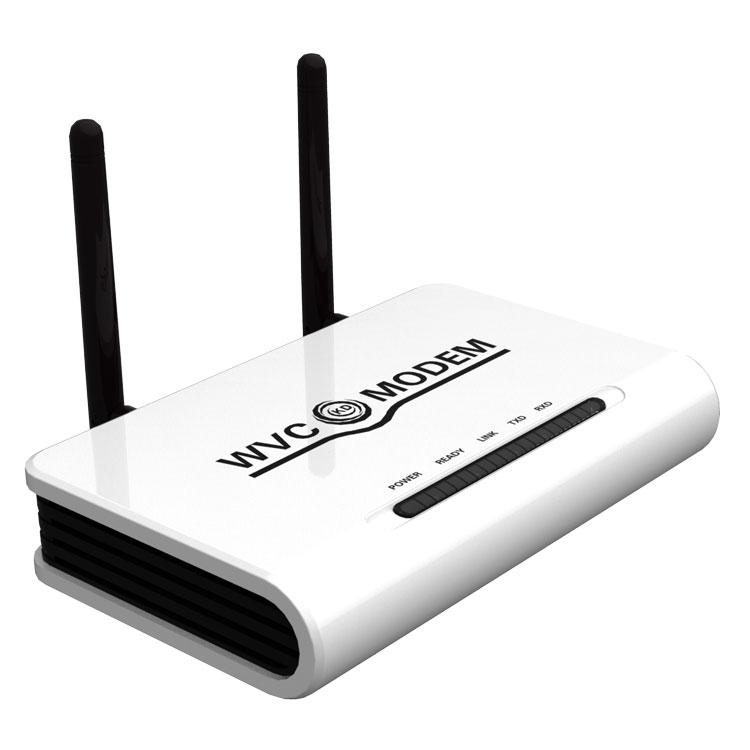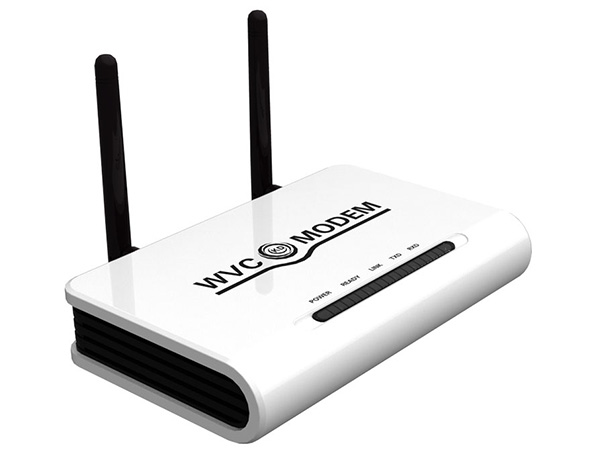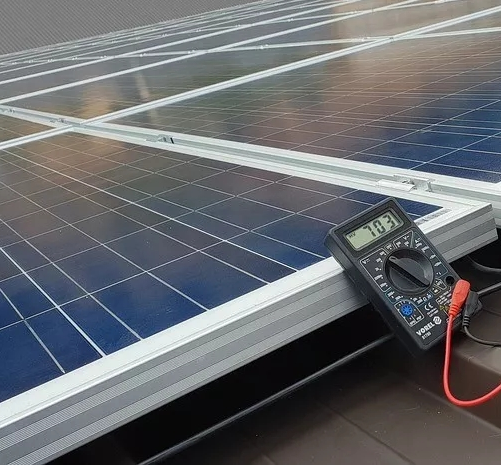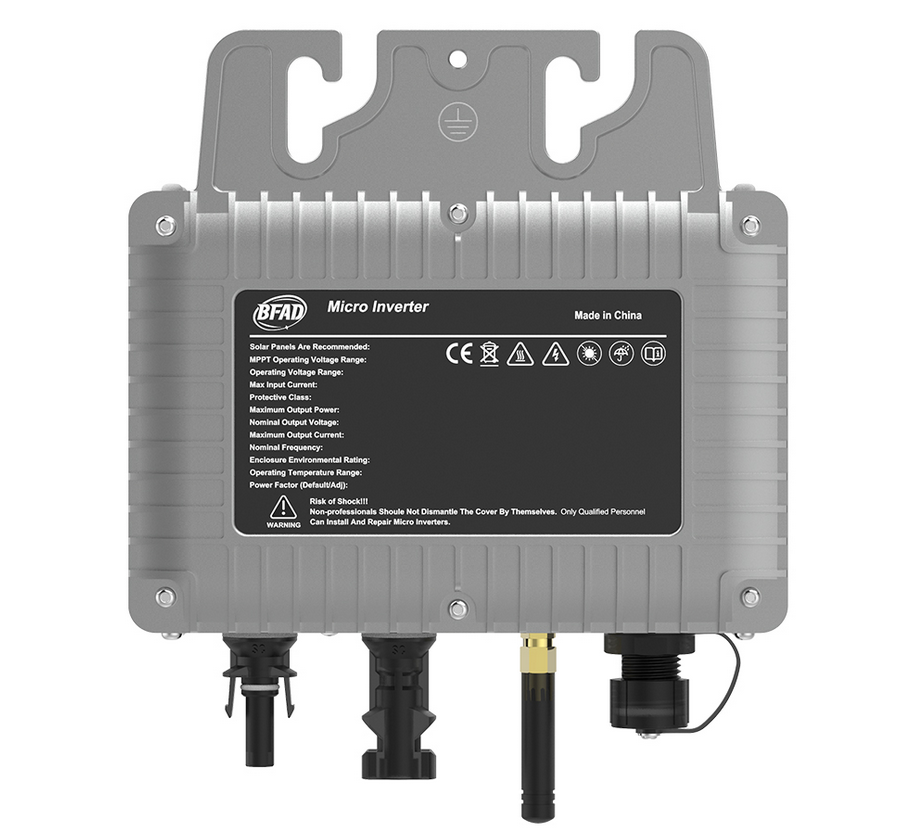
The communication between the energy storage lithium battery and the inverter is achieved through the communication protocol, usually using Modbus or CAN communication protocol. These two protocols are commonly used in industrial field communication protocols, which can realize data exchange and control between devices. In the energy storage system, the status information and control instructions of the battery need to be transmitted in real time between the energy storage lithium battery and the inverter, and the interaction of data transmission and control can be realized through the communication protocol.
The communication process is generally as follows: First, the inverter issues a request to read the data, and the lithium battery will return the status information of the battery after receiving the request, such as voltage, current, temperature and other data. The inverter can use this information to monitor the status of the battery in real time, and adjust and control it as needed. At the same time, the inverter can also send control instructions to the lithium battery, such as charge and discharge control, protective measures, etc. After receiving the command, the lithium battery will perform the corresponding operation and return the execution result.
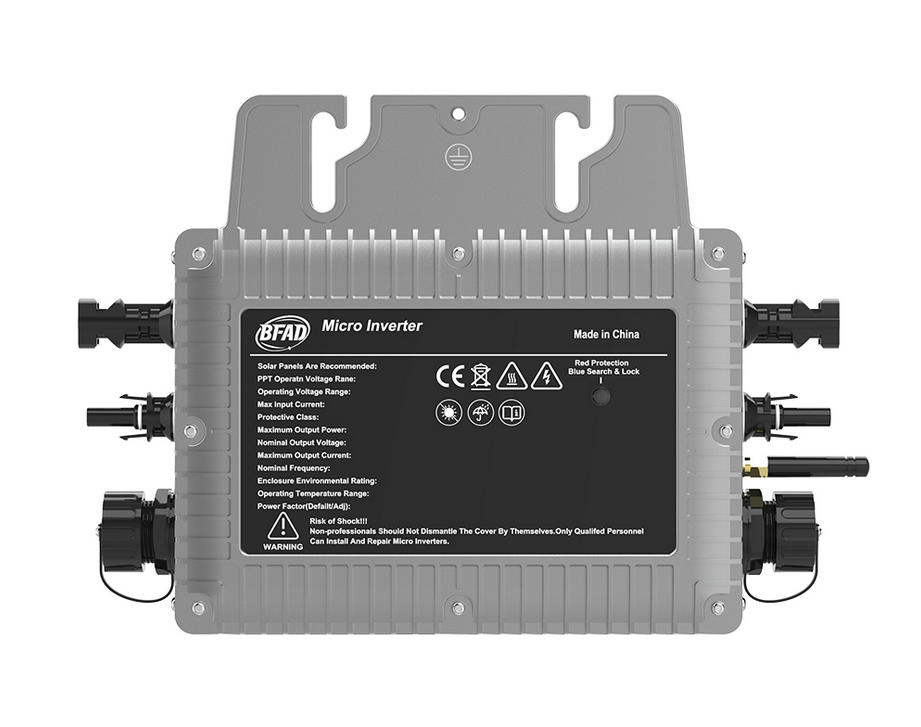
Through the communication protocol, the energy storage system can achieve efficient communication and collaboration between the inverter and the energy storage lithium battery to ensure the stability and security of the system. At the same time, the communication protocol can also provide data recording and analysis functions to help optimize the performance and efficiency of the system. Therefore, in the design and operation of the energy storage system, the selection and implementation of the communication protocol is crucial, which can directly affect the reliability and performance of the system.
In general, the energy storage lithium battery and the inverter achieve data transmission and the exchange of control instructions through the communication protocol, so as to achieve the effective operation and management of the system. In practical application, it is necessary to select the appropriate communication protocol according to the specific system design and requirements, and ensure the stability and security of communication to achieve the efficient operation and management of the system.

